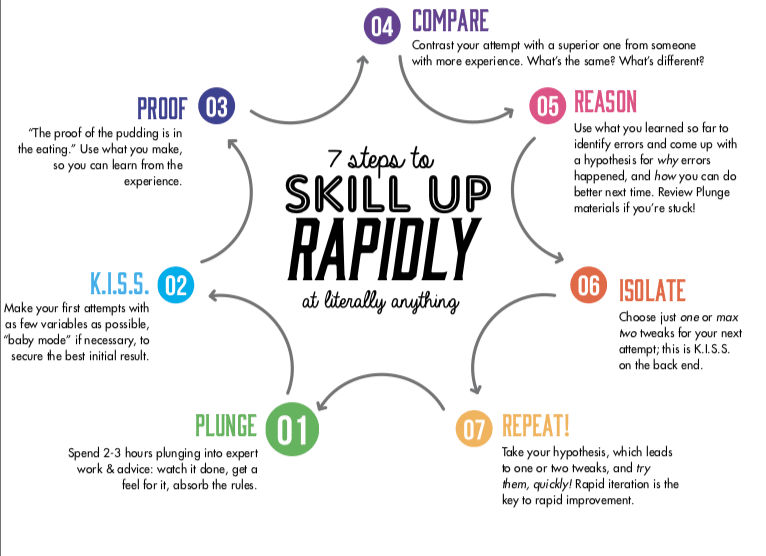In startup years, I’m a granny. A SaaS granny. We launched our app, Noko Time Tracking, waaaaaaay back in 2008. That’s 41 in Startup Years. Yeah. Old.
Way back then, our plans went $12, $24, $48. So young, so naïve, so cheap!
Those are not our prices any more. We’ve raised them many times since (4? 5? hard to keep track). Because Charge More.
That said, whenever we raised prices, we would force the new prices on new customers only. We always grandfathered our existing customers. That's the easy way.
Our revenue grew with every raise, but it wasn’t exactly instant.
Last year, we decided to accelerate our revenue growth.
My old-fashioned values, though, precluded us from simply forcing a price increase on our existing customers. A paying customer is worth 10 leads (or possibly more). So we treat them 10 times better (or possibly more).
But… to grow our revenue quickly, we needed to charge existing customers more.
And we did.
Without a revolt! No pitchforks, no flaming.
Today our prices are $19, $49 and $199 (and beyond)… with the gaps between $49 and $199 made up with per-seat pricing.
How did yours truly solve this pricing-customer service dilemma?
I figured out how to make my customers want to pay us more.
I offered them a choice, and then persuaded them to take it. It’s not magic, it’s the power of sales and marketing — true marketing, the kind that identifies and serves a market’s needs:
- There were some features our biggest and best customers needed and wanted.
- We made those features an upgrade: only available on the larger plans… and only in the new price structure.
- And we told them: The price is eventually going to go up either way, but if you upgrade now, you’ll save money.
Our old price structure was made of flat-rate buckets — for 5-10 seats, you pay $49. (Too low!)
We knew from experience that some of our customers resisted adding new team members to their Noko accounts because if they were on a 5-10 plan, that 11th person would cost them quite a bit. They were still making out like bandits per-user, but it didn’t feel that way to them.
Our new pricing structure is base + per-seat.
So while some customers actually saved money by switching (aka paid us less), they became more comfortable with growth (and will pay us more in the future).
It took some work, but not a ton…
The new features were going to happen either way. We needed ‘em to attract and retain the bigger customers. But… segmenting it for the new pricing plans? Persuading our existing customers to upgrade, rather than giving them the new goodies for free?
It took some planning and foresight. But not, frankly, a ton.
All this was communicated in just two emails:
- Heads up, this offer is coming down the pipeline! (same email sent to everyone)
- BTW, this is how the new offer will work for you specifically! (tailored to their existing plan level with cost or savings) — ps, you should also pay a year in advance and save some money
(Naturally all new customers would end up in the new price structure, automatically.)
It worked.
Today, 60% of our largest & best accounts are on the new plans… and a lot of those accounts have been with us a long, long time.
Meanwhile we banked a lot of goodwill without losing any customers over the price increase and still making appreciably more money.
Not too shabby!
In my next essay, I’ll talk about how you can do it… and the mistakes I made that I would do differently (and what I’m doing about it now):
READ: Make your customers beg you to charge more

There's more where that came from
We email every Wednesday with the latest insights from our business, our students, and our research. Drop your email in the box below and we'll send new stuff straight to your inbox!
Absolutely no spam, ever. We respect your email privacy. Unsubscribe anytime. Huzzah!

